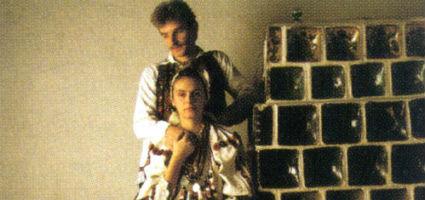The ethnic composition of population that has shaped the culture in Baranya County began taking shape during the Ottoman invasion. There is data of Croatians arriving in the 13-14th century, then the Serbs in the 15th century. In Ottoman Hungary, people from the Balkan speaking Slav languages arrived spontaneously. Catholic Croatians fleeing from the Turks, Sokcies and Bosnians also arrived around those times.
The first deliberate settlement policy in Hungary took place at the end of the 17th century when the Patriarch Carnojevic led a great number of Serbs to Hungary to settle. The first settlers from Germany also arrived at the end of the 17th century in several waves in the region of Schwabische Türkei. Gypsies first came to Hungary in the 1300s. Gypsy tinkers, wooden shell carvers, wooden tool makers joined the country's traditional peasant labour division.
We distinguish ten ethnic groups living in Baranya County based on customs, religion, language, marital relations and identity.
Our ethnic collection focusing on archaic features have a great variation of Items. There are divisions for a Hungarian, Croatian, Serb, German and Roma ethnography collections.
The showing "Folk Art in Baranya" awarded with silver medal in 1996 invites the visitors demonstrating this colourfulness. Sets of furniture in the collections show a great variation of ornaments and methods of manufacturing. Carvings by shepherds reflect on an extinct lifestyle, as shepherds had a lot of free time, spent a lot of time in nature. This showed in their rites and daily living.
A great selection of textiles, carpets, embroidery or cloths is to show this variegation of ethnicity in Baranya County. The methods of making do not only represent traditions of people, the era of making or an ethnic group but also villages.
The room with folk ceramics demonstrate archaic methods of production and usage, but also characteristic forms and ornaments of various potteries. Folk-like ceramics from the Zsolnay Factory are side by side with original folk ceramics so the visitors can compare them.

